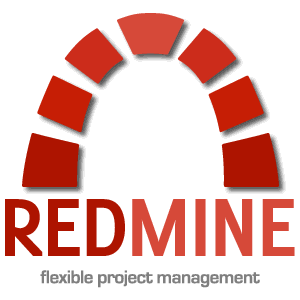The term DSS may have different terms regarding different
area. DSS has been widely and
continually developing in tools and methods related to Online Analytical
Procession (OLAP), data warehousing, data mining, model building, expert systems,
neural networks, intelligent agents, group support systems, and communication capabilities
for virtual teams. Nowadays, new terms have emerged such as BI and decision support
applications.[1]
One example of a business that uses Decision Support Systems
on a massive scale are banks and financial institutions. In the case of financial institutions,
decision-making becomes even more critical, given large quantities of data and
incomplete knowledge and understanding of available alternatives.[3]
This is often directly tied into data from credit reporting agencies, who play
a major role in not only banking but in any business that gives a consumer
credit (like a Nissan dealership giving financing on a new car). Credit
agencies use DSS that takes into consideration various financial data on a given
consumer and produces a number that determines their credit worthiness. This is
an example of a programmed decision[2],
because all consumers are rated automatically in the same way based on the same
criteria.
DSS gone wrong: During the recent housing bubble and the
following mortgage crises, some banks decided to circumvent their DSS. What
happened was some banks and bank employees decided to make decisions
themselves, giving more money to people who should not have been eligible to receive
it. This resulted in a ton of loans being giving out and the loan holders being
unable to pay, combined with the falling housing market created a big problem.
This has caused an outcry for banks to be more strict with their DSS and for
there to be ramifications when they choose to ignore these systems.
In conclusion, Decision Support Systems are widely used in
businesses. Banks are one example of a business that makes great use of DSS. Banks
use DSS constantly to make critical financial decisions between them, their
lenders and their customers. Banks are a great example of the value of DSS
because of the number of decisions made and the far reaching financial
implications of each of those decisions. Given that strategic decision making is central to a bank’s
operations, the role of DSS naturally becomes crucial. With banking operations
getting more complex and regulated, the use of DSS will only see an increase in
the future. There is no other way banks can manage the vast data required to
make timely and precise decisions, and to prevent unforeseen risks. If DSS is
implemented properly in the banking sector, both effectiveness and efficiency
of decision making will improve.[3]
Without an advanced DSS banks would have little to no way to decide who to lend
money to and how much they should lend, which would result in an extremely
weakened if not nonexistent financial system.
[2] Fundamentals of Information Systems textbook

